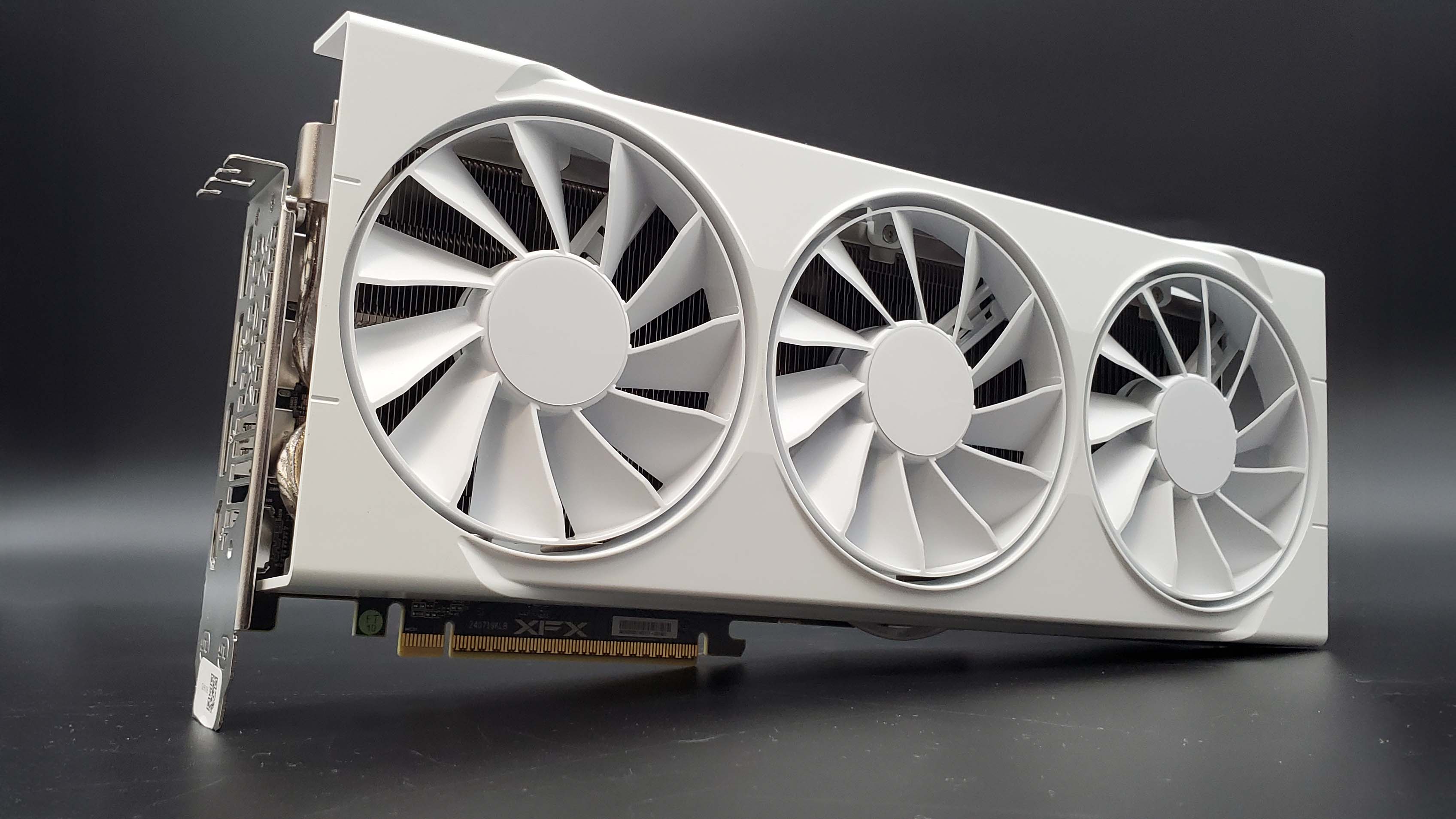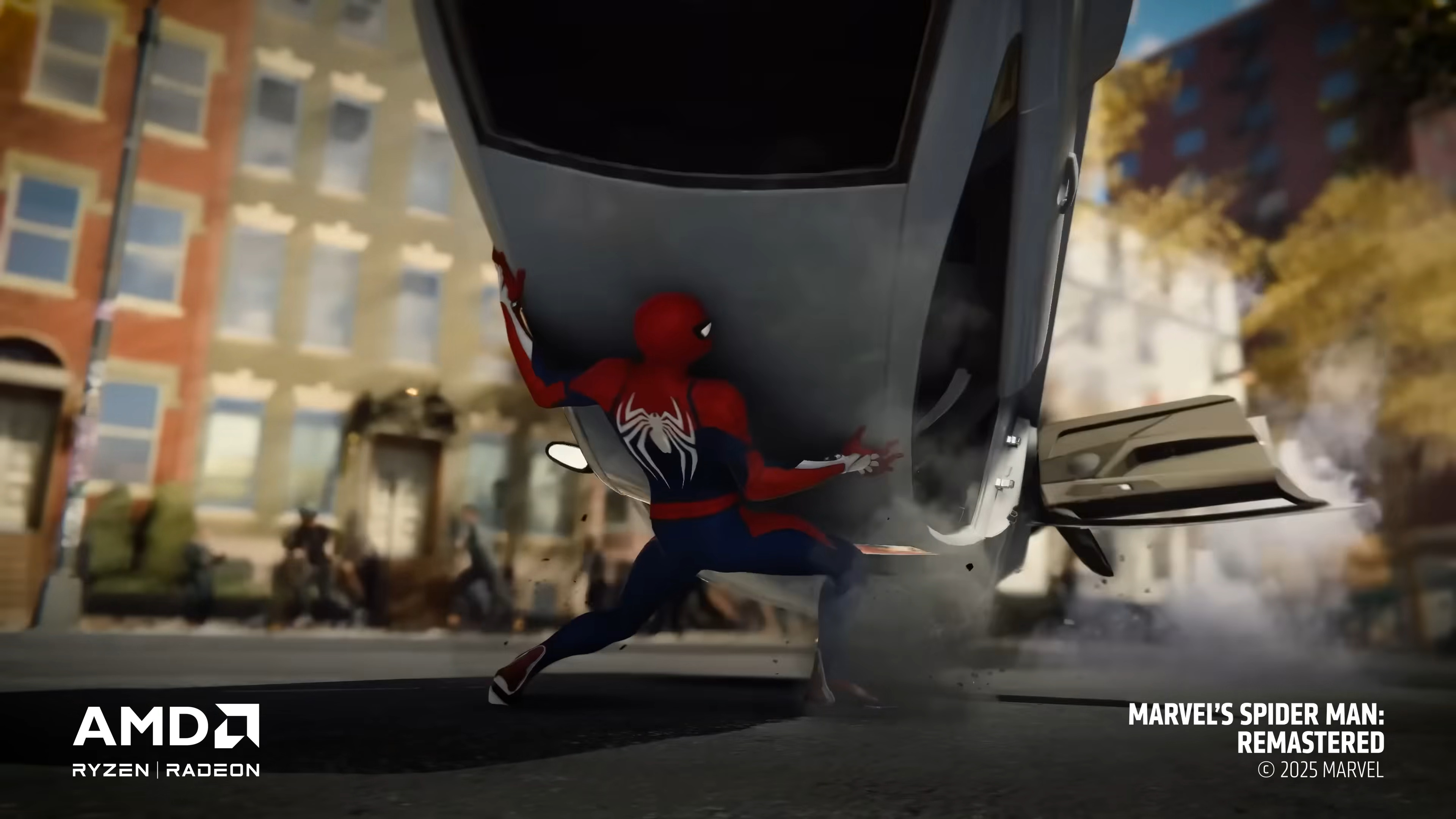AMD's FSR 4 open source whoopsie-daisy may be harder to take back than initially thought, thanks to the inclusion of a difficult-to-revoke MIT license
Whoops.

AMD made a bit of an oopsie yesterday, as it accidentally released the source code for FSR 4, before promptly hauling it back again. Despite the course correction, it seems possible that it's too late to put the genie back in the highly technical bottle.
What makes this specific mistake notable is the fact that the release had an MIT license alongside it (via Videocardz). Effectively, an MIT license is a software license that grants very few restrictions on reuse or modifications. As is the point with something being open-source, using this software gives potential developers the ability to hone and refine what they've received.
It's not merely an accidental upload; it's an accidental upload with the license required to use and modify it. Somebody at AMD is clearly having a bad week right now.
AMD reportedly told Chips and Cheese editor-in-chief and X user @System360Cheese that "Some of our development code was posted on GPUOpen GitHub in error. It has since been taken down." He notes, however, that the presence of this license makes it tougher for AMD to fully get back the code or take it down from any third-party code repository.
MIT licenses are considered generally irrevocable, though the specifics of use could change with new information. Users agree to the license as they access the code, so using the code as is intended is broadly considered above board. That doesn't mean AMD couldn't find a workaround, but that's generally accepted knowledge when it comes to licenses of this nature.
As well as this, the source code for something leaking online makes it ever more difficult to stop it from being passed through forums. As reported by Tom's Hardware, forked repositories containing the full list of files are still accessible.

As we noted yesterday, the now removed repository had support for INT8 shaders, instead of just the FP8 versions as used in RX 9000-series cards. This means AMD could be testing implementing FSR 4 on older non-RDNA4 AMD GPUs. Inversely, it could just be evidence that AMD has tested older card support at a prior date. We have not yet seen the next major update for FSR4, known as Redstone, though we are looking forward to seeing what the Neural Radiance Caching can do to indirect lighting prediction.
Keep up to date with the most important stories and the best deals, as picked by the PC Gamer team.
We don't yet know the exact circumstances that caused AMD to accidentally publish not only the code, but a license to use said code in a public code repository. It is worth noting, though, that FSR 1, 2, and 3 are all open-source, which allows budding developers to implement them into not officially supported games. This is a different approach to the likes of Nvidia, which locks down DLSS, its equivalent tech.
The older, compute-based versions of FSR can run on Nvidia hardware, but DLSS cannot run on AMD GPUs. Intel's equivalent tech, XeSS, was promised to go open source by Anton Kaplanyan, the VP of graphics and GPU research, four years ago, but remains definitively closed off for now.
AMD may not want to make FSR 4 open-source so as not to allow competition access to its work, or it could be planning for an open-source launch down the line and has not done so yet. No confirmation has been made as to whether or not AMD will eventually make FSR 4 open-source, but this mistake means that putting it back in the bottle is a rather difficult thing to do, and may not be worth AMD's time and resources long-term.
We have reached out to AMD for confirmation on its statement and more information, but have not yet heard back.

1. Best overall: AMD Radeon RX 9070
2. Best value: AMD Radeon RX 9060 XT 16 GB
3. Best budget: Intel Arc B570
4. Best mid-range: Nvidia GeForce RTX 5070 Ti
5. Best high-end: Nvidia GeForce RTX 5090

James is a more recent PC gaming convert, often admiring graphics cards, cases, and motherboards from afar. It was not until 2019, after just finishing a degree in law and media, that they decided to throw out the last few years of education, build their PC, and start writing about gaming instead. In that time, he has covered the latest doodads, contraptions, and gismos, and loved every second of it. Hey, it’s better than writing case briefs.
You must confirm your public display name before commenting
Please logout and then login again, you will then be prompted to enter your display name.

